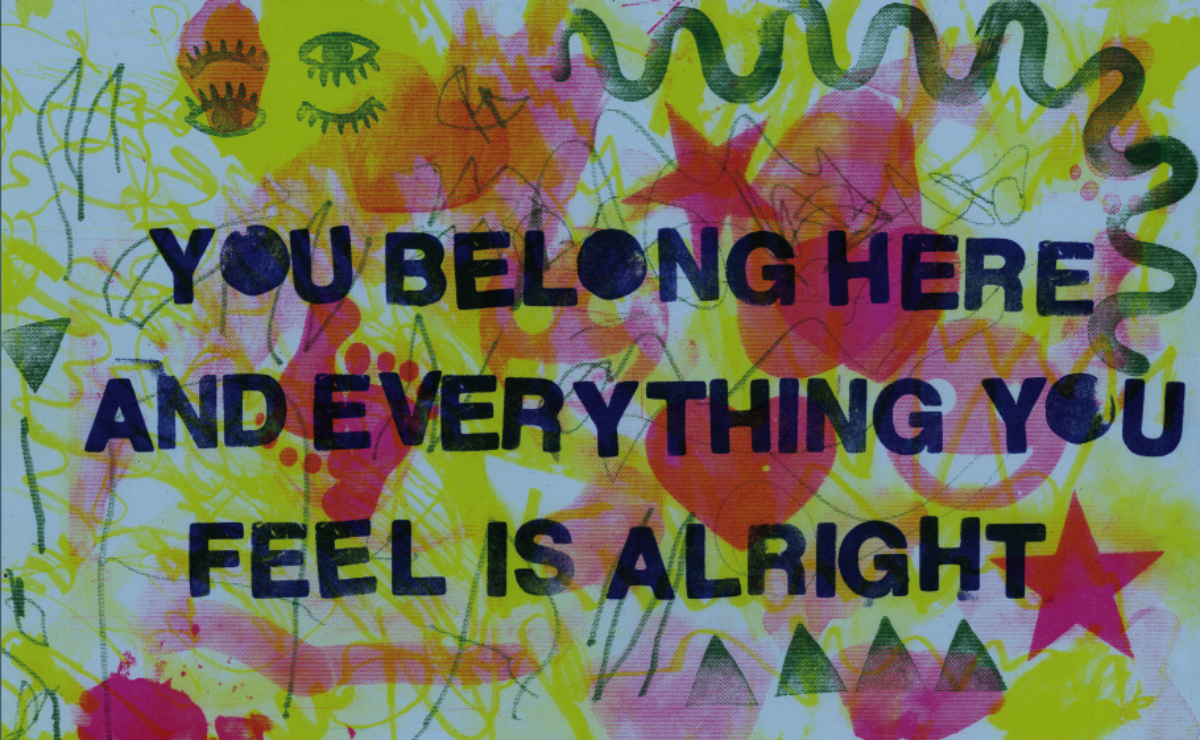Contents
Learning Goals
Welcome to Week 1 of Introduction to Gender and Women’s Studies! This week, our goal is to get oriented to the course and to begin to get to know one another. We will:
- Become familiar with the course syllabus + course schedule + assignments
- Introduce ourselves to one another
- Begin to learn about the field of Gender and Women’s Studies– what and who is it about?
Post on Discussion Board: Introduction (due 2/8)
Write a post in which you introduce yourself to the class. In your post, please tell us about an object, ritual, practice, song, saying or something else that brings you joy or comfort. You can add a photo or video or audio if you like.
Instructions on how to post (including how to add media) can be found here.
Please title your post: First Name Last Name: Introduction and select “DB Introduction” as the category for your post.
Readings and other Materials
The readings for this week are layered with complex ideas that we will discuss in class– please do the best you can with the readings, track what interests you, and bring questions to class.
First, review these slides as they offer context for the readings as well as guiding questions. I’ve also pasted the questions below.
- Read: hooks, “Feminist Politics: Where We Stand”
- In this piece, hooks makes an argument for a definition of feminism. She says it is a movement to end sexism. What does she mean by this?
- According to hooks, there are different misunderstandings of what feminism means. What are the misunderstandings and why have they occurred?
- Read: Lorde, “Age, Race, Class, and Sex: Women Redefining Difference”
- This essay was first delivered as a speech in which Lorde asks the audience/reader to think about difference– how does she want us to consider differences between us? What are the consequences of ignoring difference?
- She also writes of the ways that differences are used to separate people. What does she mean and what are the consequences?
- In this essay, Lorde expresses her vision for social change. What does she want to see?
- Listen (or read the transcript): “A Look Back at Women’s Studies Since the 1970s” (6:00)
- What led to the formation of Women’s Studies programs in the U.S.? How did it become a field of study?
- What questions is Gender and Women’s Studies interested in asking?
- What relationship does this academic field have to women’s and/or feminist social movements?
- OPTIONAL Read: “The Evolution of American Women’s Studies.”
- What are some of the “successes” and challenges of the field?
Post on Discussion Board #1 (due 2/8)
This week’s readings ask us to think about feminist politics and the politics of difference. We also begin to learn about the formalization of gender and women’s studies as academic fields. For this week’s post, please answer any (not all) of the following sets of questions:
-
- Coming into this class, what are some of your initial impressions of the terms “feminism,” “sexism” and “gender and women’s studies?” How do this week’s readings define or explain these terms? Use specific quotes or examples in your response.
- Both hooks and Lorde address the ways that differences can operate to bring people together or further divide us. What do they each have to say about ideas of “difference?” How do you see this operating in your own life and/or the world around you?
- What do this week’s readings have you thinking about? Select a quote from each reading that caught your attention. Discuss the author’s meaning and why these lines stood out to you.
**Instructions on how to post can be found here.
Please title your post: First Name Last Name: DB 1 and select “DB 1” as the category for your post.
Remote Learning + Technology Survey (Optional)
I would love for you to fill out this optional survey which asks questions about your experience with remote learning and access to technology. Your responses will help inform how I teach this course. You do not have to fill in your name– you can be anonymous.

Danny Washington DB:1
Coming into this class my initial impressions on the terminology used in this course was a positive reaction. Most of the courses I’m currently taking are writing intensives or related to Gender and Women’s studies in one way or another. Many of my reading include much of the same language used in these passages. One way I would define feminism is the pursuit of gender, religious, economic, sexual and social equality and equity for women. One way in which I would define sexism is prejudice based on gender or sex. Women are often seen as inferior to men, or weak, simply based on the fact that they are women and some women might unknowingly align themselves with this misogynistic patriarchal thinking or behavior. While I was reading, “Feminist Politics: Where We Stand”, one quote from the article stood out to me. “Even before race
became a talked about issue in feminist circles it was
clear to black women (and to their revolutionary allies in
struggle) that they were never going to have equality
within the existing white supremacist capitalist
patriarchy.” I believe the author in this quote is indirectly talking about the intersectionality that Black women and their revolutionary allies had to face during this period of time, and currently, that white women did not have to face. The Black women of this movement were not only facing the gender inequalities from the patriarchal world but many other adversities during this time.